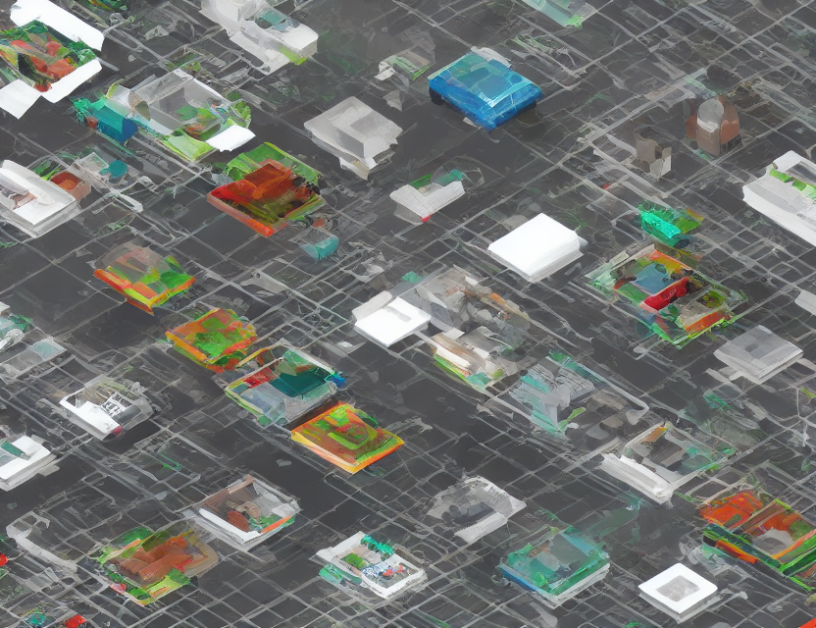VAEs consist of two main components: an encoder network and a decoder network. The encoder takes in a random noise vector and maps it to a lower-dimensional latent space, while the decoder generates samples from this latent space and transforms them back into the original data space. The key innovation of VAEs is the use of a probabilistic approach to learn a continuous and structured representation of the data.
The encoder network is typically a deep neural network with a sigmoid output layer that maps the input to a 50-dimensional vector. The decoder network is also a deep neural network, but with a tanh output layer that generates samples from the latent space. During training, both networks are trained simultaneously using an adversarial loss function, which encourages the encoder to learn a continuous representation of the data and the decoder to generate accurate samples from this representation.
Advantages of VAEs
- Flexibility: VAEs can model complex distributions and capture patterns in high-dimensional data, making them ideal for tasks such as image generation, data compression, and anomaly detection.
- Generative capabilities: VAEs can generate new samples that are similar to the training data, allowing for creative applications such as art generation or text completion.
- Interpretability: The latent space of a VAE is a continuous and structured representation of the data, making it easier to understand and interpret than other neural network architectures.
- Unsupervised learning: VAEs do not require labeled data during training, making them suitable for tasks where labeled data is scarce or difficult to obtain.
Applications of VAEs
- Image generation: VAEs can generate new images that are similar to a given dataset, allowing for applications such as image synthesis and data augmentation.
- Anomaly detection: VAEs can identify samples that are farthest away from the majority of the training data, making them useful for detecting outliers and anomalies in high-dimensional spaces.
- Data compression: VAEs can compress data into a lower-dimensional representation while preserving its important features, allowing for efficient storage and transfer of data.
- Text generation: VAEs can generate text that is similar to a given dataset, allowing for applications such as language modeling and text completion.
Conclusion
VAEs offer a powerful tool for modeling complex distributions and capturing patterns in high-dimensional data. Their generative capabilities, interpretability, and unsupervised learning properties make them suitable for a wide range of applications, from image generation to anomaly detection. As the field of machine learning continues to evolve, VAEs are likely to play an increasingly important role in shaping our understanding of complex systems and generating creative new possibilities.



